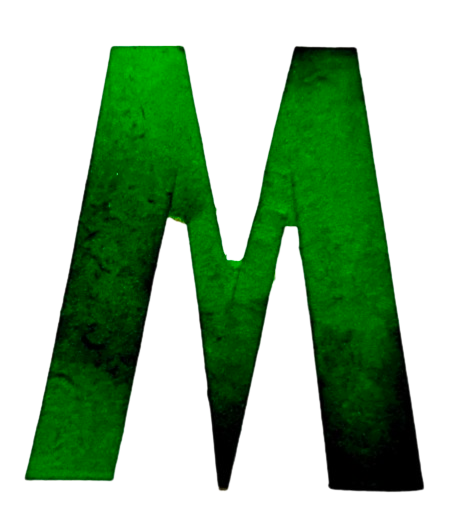is a commonly used HTML element that defines a division or section in an HTML document. It is often used to group together related elements and apply styling or functionality to them as a whole. In this article, we will explore the use of the
element in web development and how it can be used to create more organized and structured web pages.
The
element is a block-level element, which means that it takes up the full width of its parent element and starts on a new line. It does not have any default styling or formatting, so it is often used as a container for other elements that need to be grouped together. By using
elements, web developers can create more organized and modular code that is easier to manage and maintain.
One common use of the
element is to create a layout structure for a web page. By using
elements to divide the page into sections, developers can easily apply different styles or functionality to each section. For example, a web page may have a header section, a main content section, and a footer section, each contained within its own
element.
The
element can also be used to create responsive web designs. By using
elements with CSS media queries, developers can create layouts that adapt to different screen sizes and devices. For example, a web page may have a two-column layout on desktop screens, but switch to a single-column layout on mobile devices by using
elements with the appropriate styling.
In addition to layout and structure, the
element can also be used to add interactivity to a web page. By adding event listeners or JavaScript functions to
elements, developers can create interactive elements such as buttons, tabs, or sliders. This allows users to interact with the page and provides a more engaging user experience.
One important thing to note about the
element is that it is a generic container and does not have any semantic meaning. This means that it should be used for grouping and styling purposes, rather than for conveying specific information. It is important for web developers to use semantic HTML elements, such as
, ,

